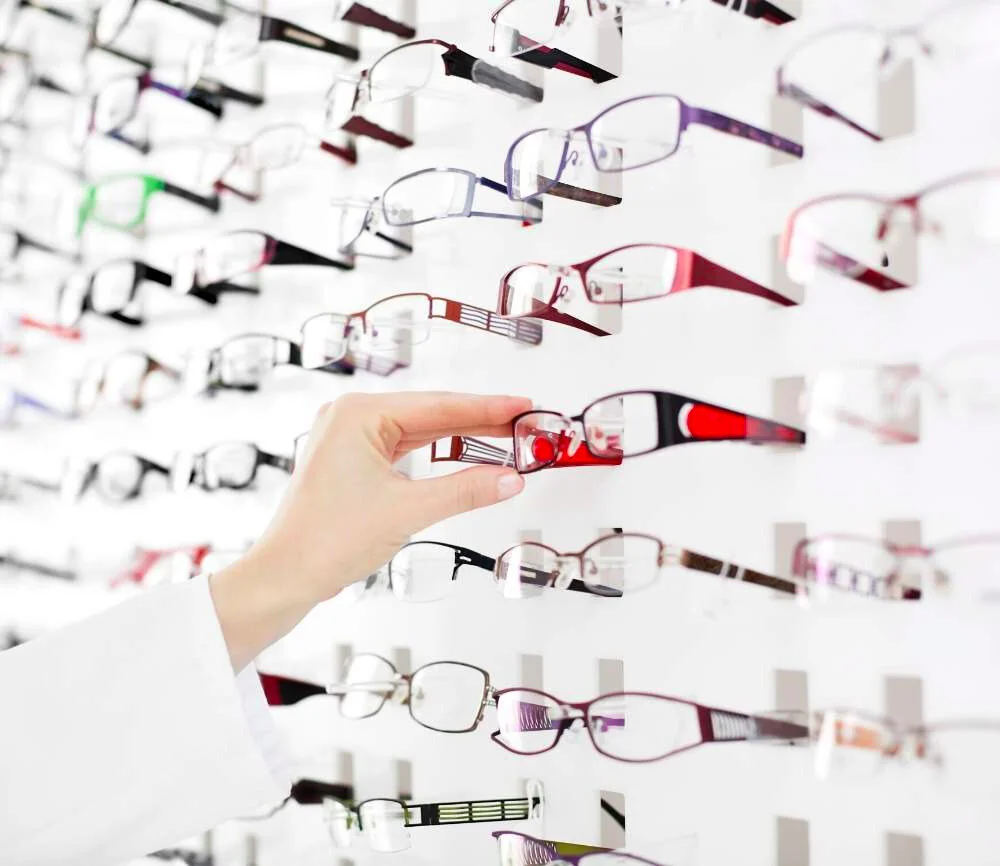Understanding Synthetics & the Benefits of Living Without Them
Artificial materials may be inexpensive, but they come with hidden environmental costs.
Synthetic fabrics certainly have some tempting properties. These artificial materials tend to be incredibly durable and stain resistant, they can be moisture-wicking or straight up waterproof, and they’re as cheap as they are easy to produce. Plus, they can be just as soft and comfortable as the natural fibers they were invented to replicate.
As great as these fabrics may seem on the surface, they come with hidden environmental costs. Derived from fossil fuels like petroleum, coal or natural gases, these materials also go through harmful chemical processes in both the manufacturing and finishing stages. Semi-synthetics like rayon and acetate may have natural origins like wood pulp or cellulose, but they also typically undergo these same chemical treatments.
These toxins are certainly not something that we want pressed up against our skin or discarded into our beautiful ocean. But chemicals aren’t the only things flowing into our waterways, as plastic-based materials also shed microplastics when we wash them. If you ask us, the consequences significantly outweigh the benefits of synthetic fabrics.
So, what do we need to keep in mind when shopping for clothes, bedding or fabric itself? Common synthetic fibers include polyester, nylon, spandex, acrylic, and the two aforementioned materials, rayon and acetate. Polyester can be found in virtually every type of clothing. Nylon is in the likes of stockings and swimwear, while spandex provides stretch for lingerie and activewear like bathing suits and leggings. Acrylic is essentially man-made wool and used to make faux fur. Acetate (also found in eyewear) and rayon (the only biodegradable fibers in the bunch) can both be transformed into artificial silk for clothing and bedding.
Checking labels or online descriptions before purchasing is key. Just because that dress you’ve been eyeing is made of organic cotton doesn’t necessarily mean the lining is, too. We must also be wary of fabric blends that mix organic materials with synthetics, though this is sometimes unavoidable. If the fabric composition isn’t listed anywhere, that’s definitely a red flag!
Since some of these fabrics were created to mimic an all-natural counterpart, there are eco-friendly alternatives—but please note they are not necessarily vegan friendly. Instead of rayon, acetate or nylon, opt for organic silk. Instead of acrylic, choose untreated wool or fur. Though these fabrications have their own ethical and environmental concerns, they are at least more sustainable than the man-made versions. This is because they can be just as durable and absorbent while having the added benefits of being non-toxic and biodegradable (even compostable, if you pick the right piece). If these pieces are purchased second-hand, this keeps environmental and financial costs down.
All-natural alternatives for polyester and spandex have yet to be invented, but the good news is that they can be recycled to create like-new fabrics from existing plastic, as opposed to relying on raw materials. Since anything plastic based can take up to a millennium to break down, this is one way to keep these items out of landfills for as long as possible. The presence of toxins as well as microplastic shedding both remain issues, but the latter can be mitigated if we launder these items in a washing bag like GuppyFriend. That said, there are no recycling systems for microplastics, so we have to get creative with the pieces left behind to avoid throwing them in the trash.
There are plenty of other natural materials to choose from, such as organic cotton, linen and hemp. We will leave you with this tip: Look for certifications like OEKO-TEX, GTS or other third parties and nonprofits that verify the organic origins of particular fabrics. That way, we know we’re good to go!





